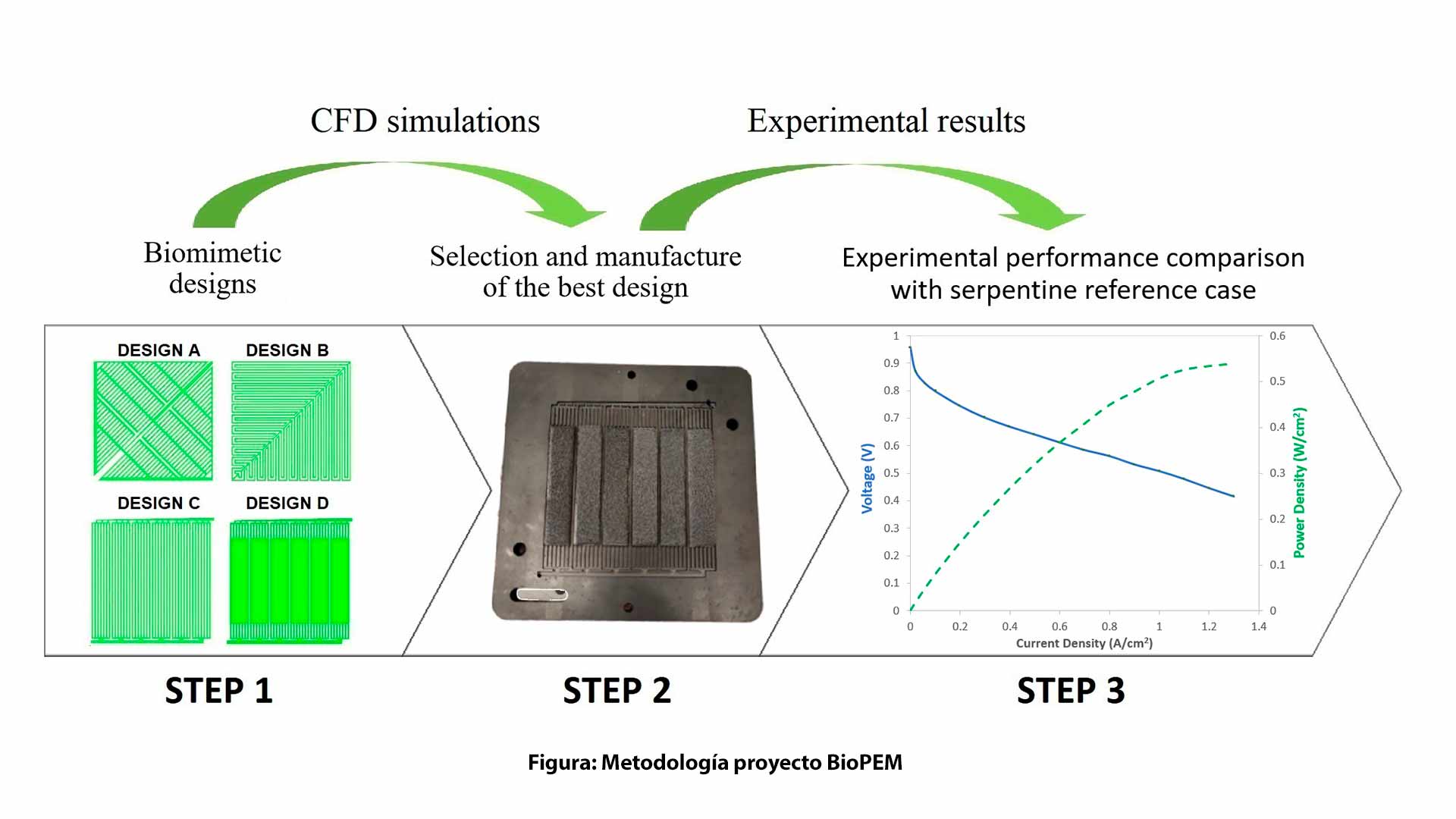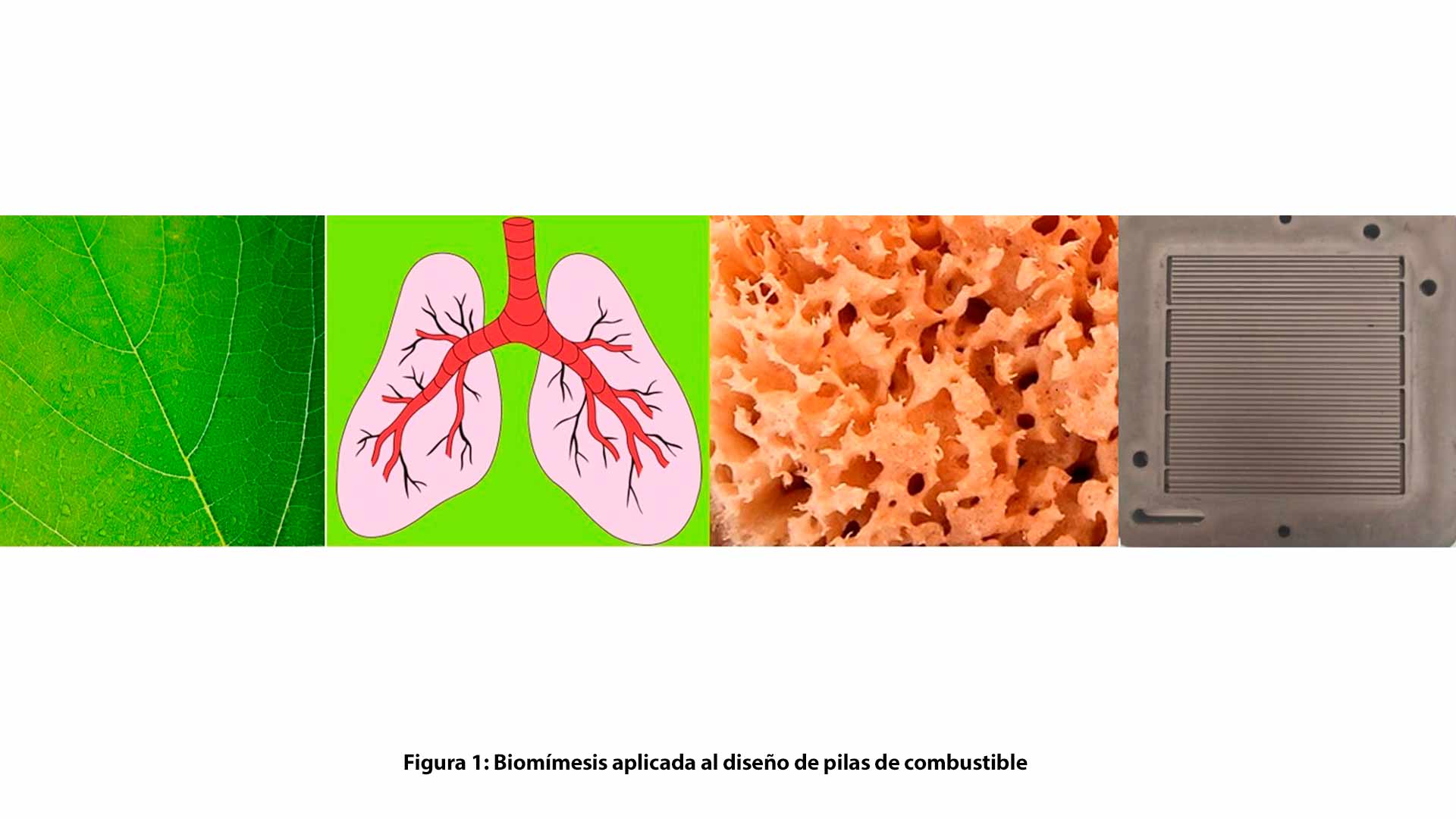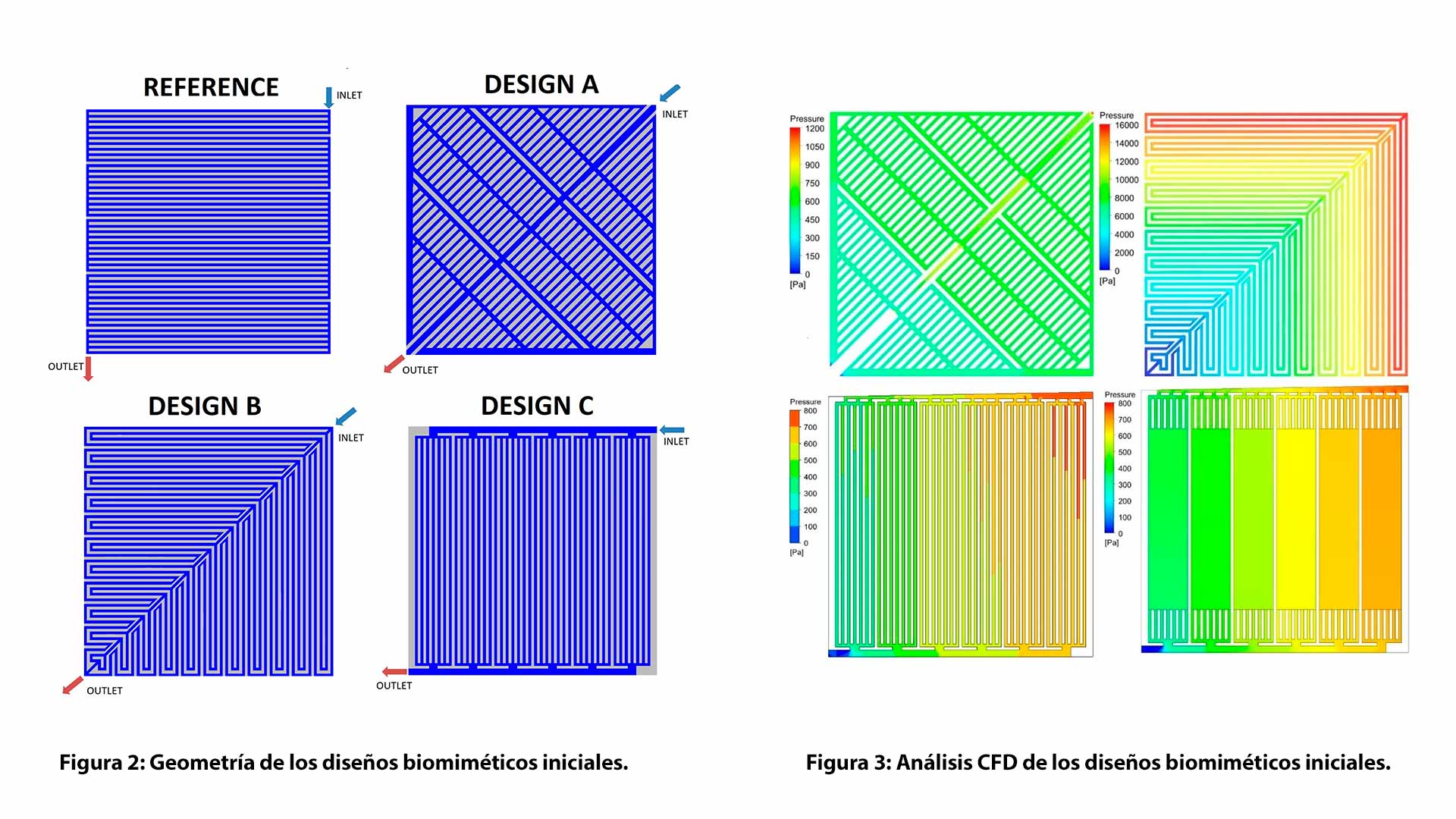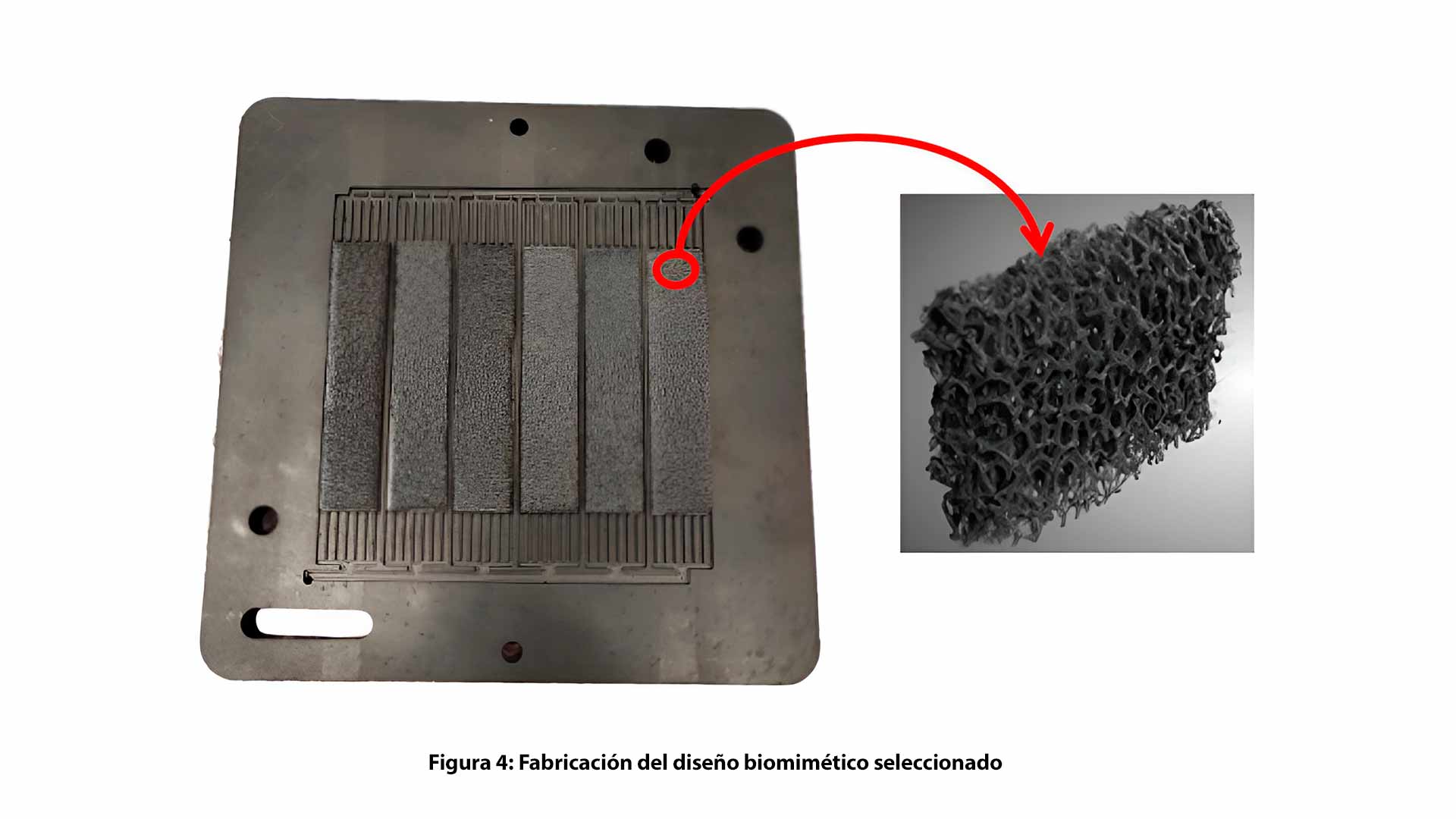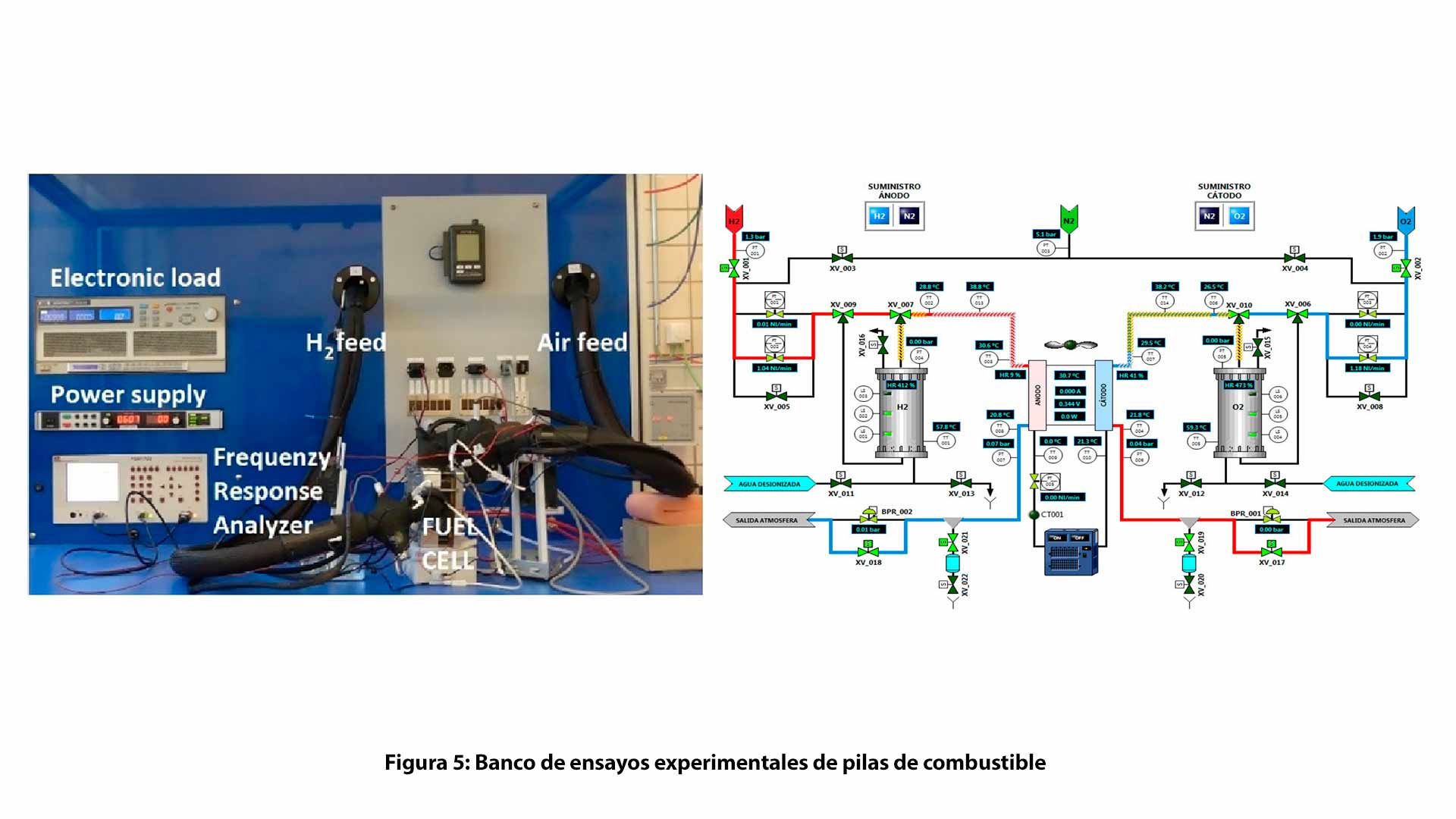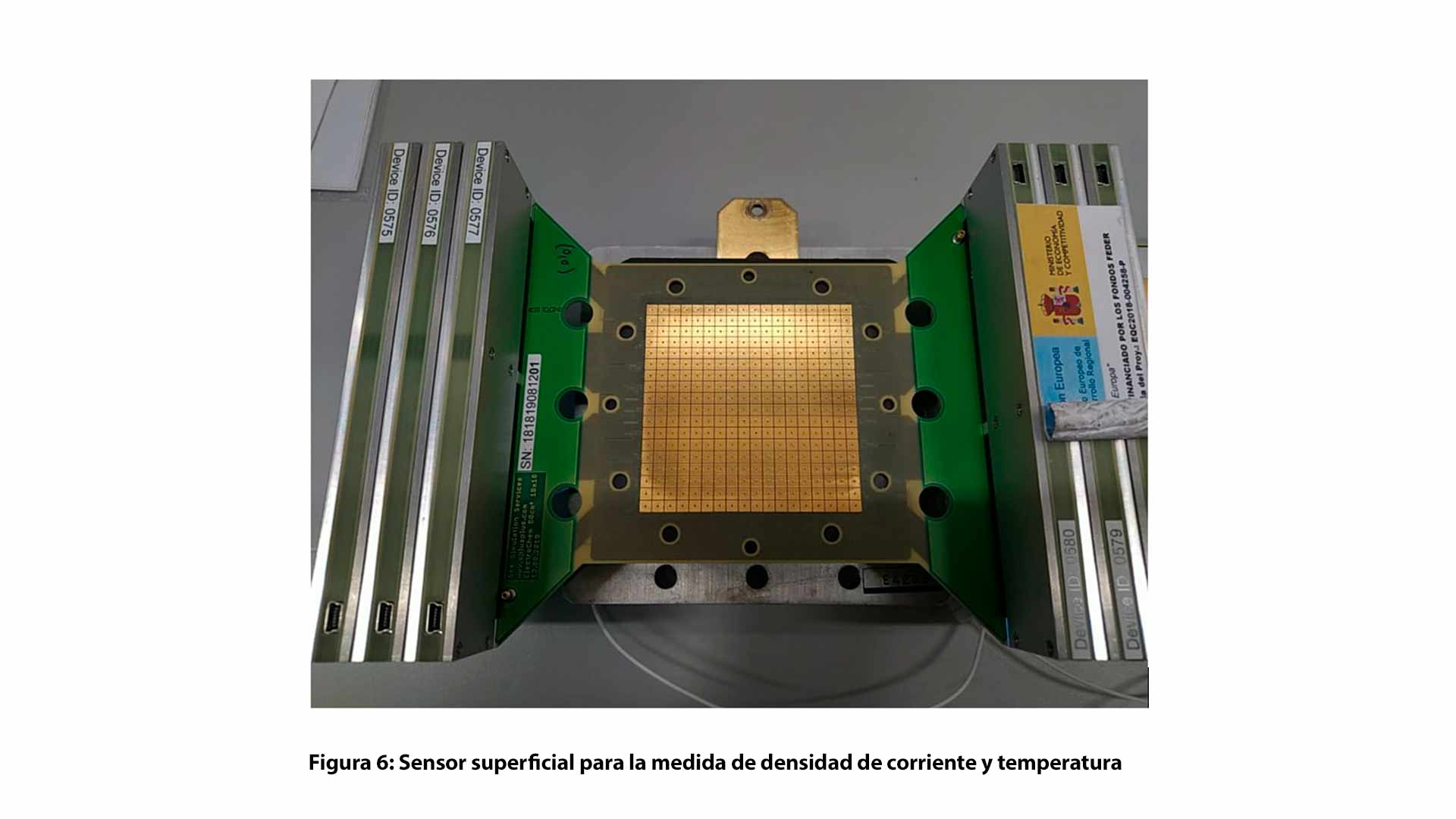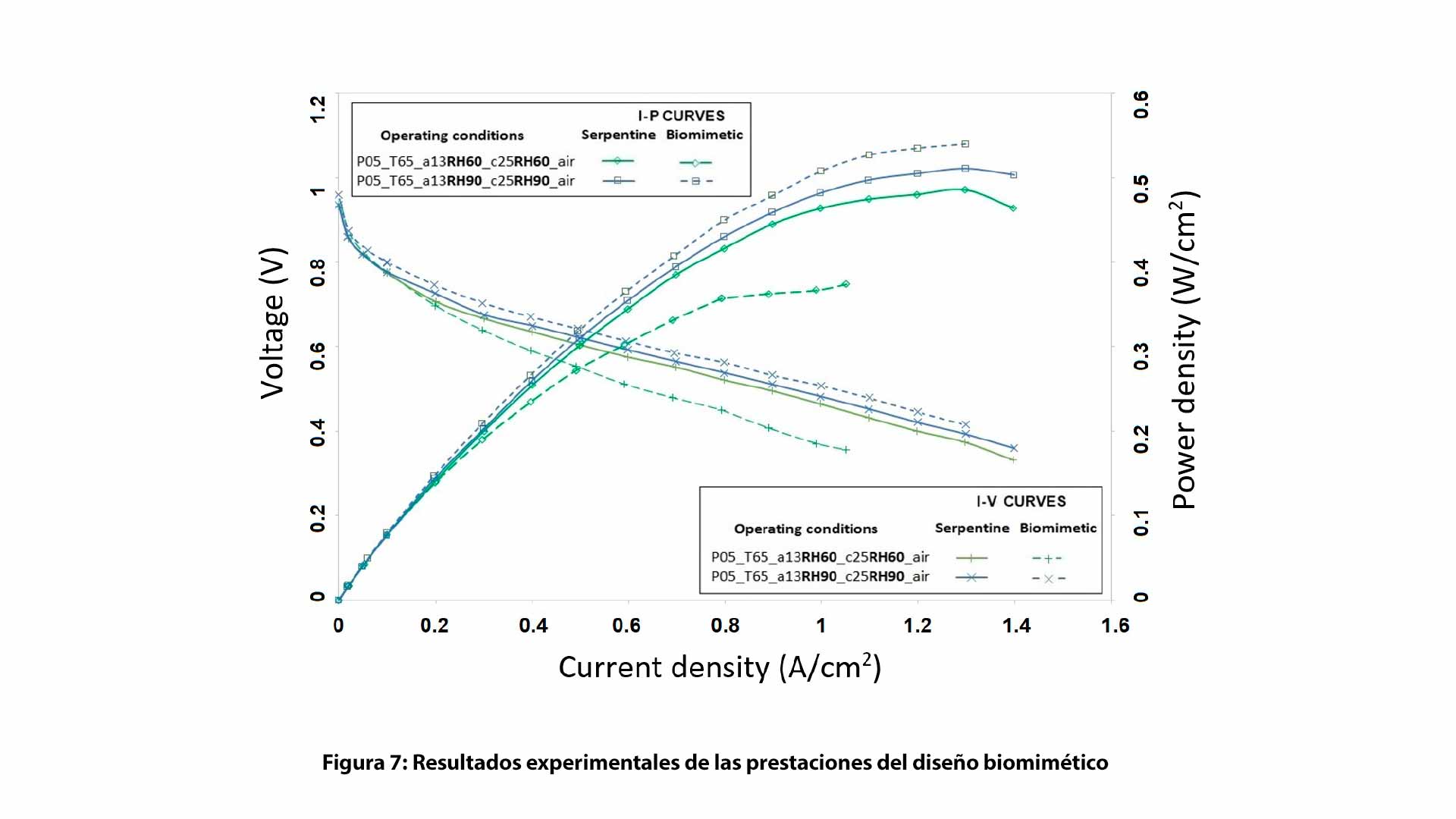Biomimicry for the Development of Bipolar Plates for PEM Type Fuel Cells (BioPEM)
Date
Brief relate
Proton exchange membrane fuel cells (PEMFCs) are energy devices that directly convert the chemical energy of fuels such as hydrogen into useful work with negligible environmental impact and high efficiency. The channel geometry of the bipolar plate has a considerable impact on the performance of the fuel cell.
Bipolar plate designs based on nature-inspired structures such as leaves, lungs or sponges have been successfully explored to date, but have not yet reached their full potential. In this project, new biomimetic designs are investigated through three different phases.
- In a first phase, a series of initial biomimetic designs for a fuel cell are analyzed through a computational fluid-dynamic analysis of the flow of different initial biomimetic designs, with the aim of selecting the most promising design. The results of the biomimetic designs are compared with the results of standard state-of-the-art fuel cell designs, such as parallel-coil. The selected design includes porous graphene inserts in the central part of the plate instead of the vertical channels, more common in other state-of-the-art designs.
- In a second phase, once the biomimetic design with the best prospects has been selected, it is manufactured and experimental tests are carried out to determine its energy performance (curves IV, EIS and CDM). The experimental tests were carried out in the hydrogen cell test bench that the Thermotechnics group has in its facilities. The results of the new biomimetic design were analyzed and compared with a reference parallel-coil model, indicating that the proposed new design is especially suitable for improving fuel cell water management under conditions of high reagent humidity, reaching Up to 6.0% higher peak power compared to the reference design.
- In a third phase and after the analysis of the previous experimental results, an optimization of the design is carried out to manufacture and test the final prototype. Finally, with the final optimized prototype, the manufacturing of a 500W power stack begins for the final demonstration of the researched technology.
This publication is part of the R&D&i project PID2019-104441RB-I00 funded by MCIN/AEI/10.13039/501100011033.
Financing program: State Plan 2017-2020 Challenges - R&D&I Projects


